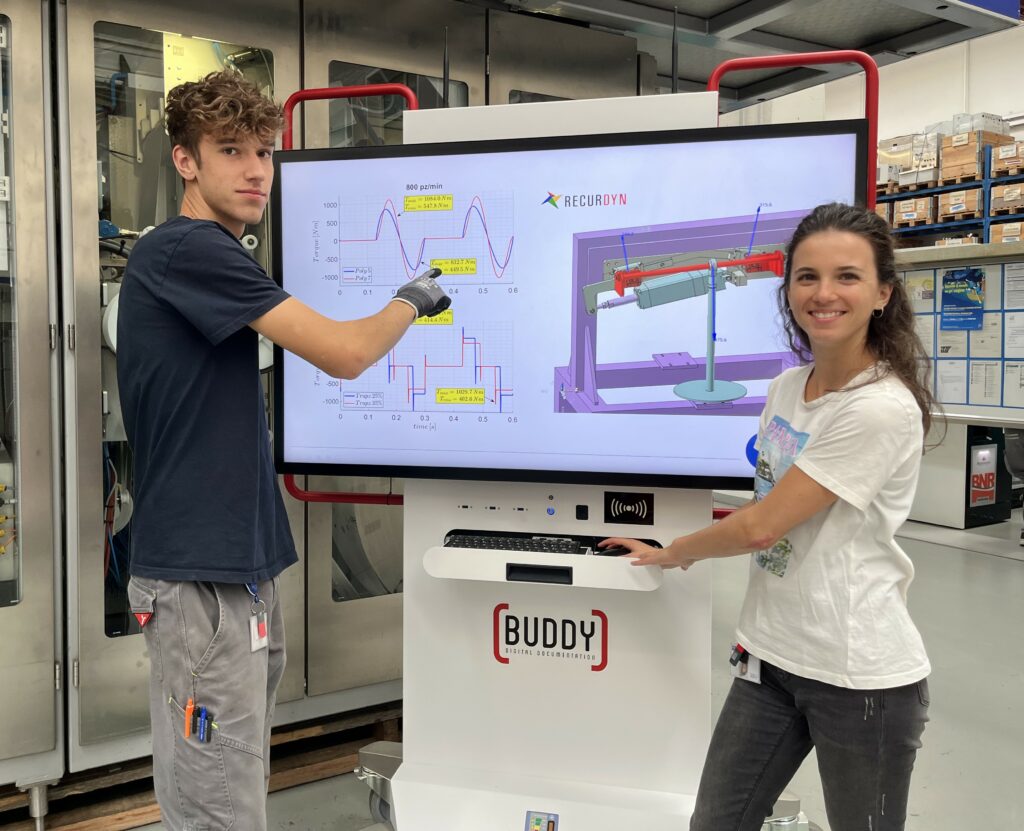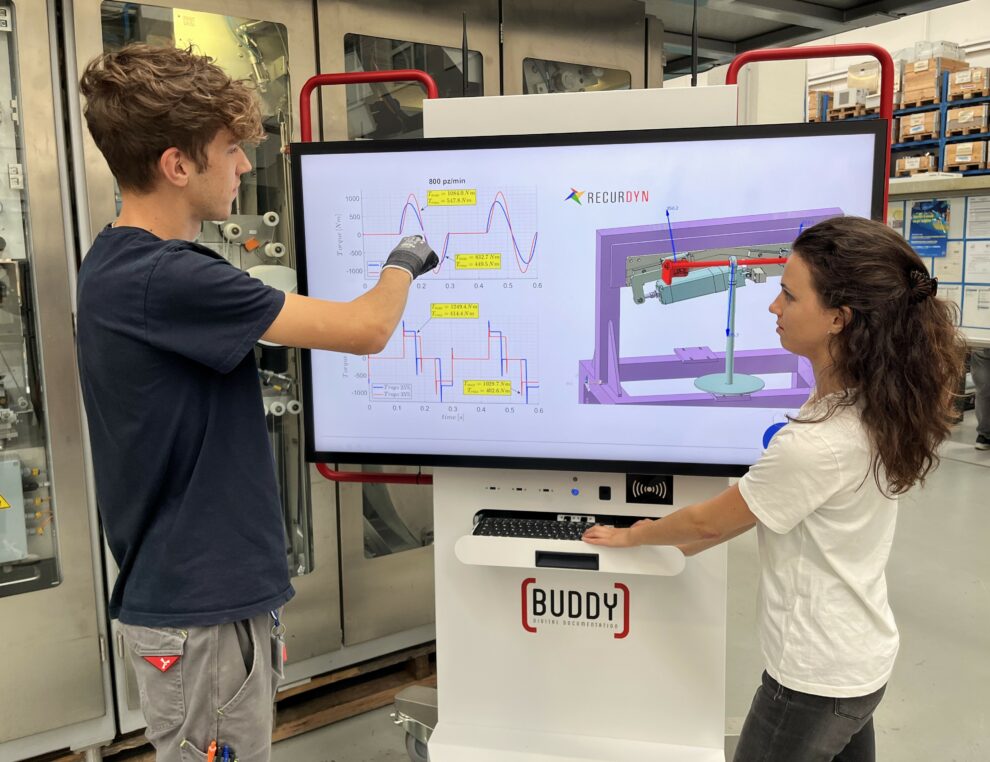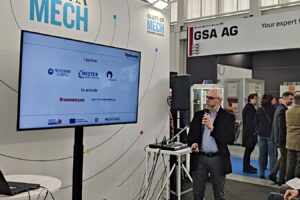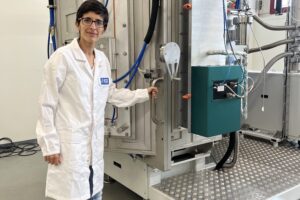To anticipate the complete behaviour of an automated system (such as a plant for pharmaceutical chemistry or food packaging) and its response to dynamic loads may require preliminary analytical analysis, numerical simulations and the preparation of rig tests.
Il Sentiero International Campus, the Industrial Research Centre with offices based in Vicenza and Modena, continues its growth in terms of skills, offerings and tools available at an engineering level. It’s aim is to support companies in improving performance and reducing production costs.
At the beginning of 2023, the Industrial Research Centre equipped itself with a new software for Multibody Dynamic Simulations. This software, combined with those already available, increased its capabilities in the field of numerical simulation, specifically in the analysis of fast-moving bodies, impacts and kinematics of all kinds.
Multibody Dynamics Simulation is used to design interconnected parts of systems involving hundreds of bodies in an ever-changing state of motion. Both rigid and flexible bodies can be involved and calculated.
By virtually modelling the entire system, one obtains a clear overview of the cumulative impact of each individual body, e.g. a chain of fast-moving packages, cams, kinematics and chains, bodies moving in the plane or in space (cars, trolleys, bicycles, etc.).
The result can then be validated with an optional real test and the realisation of a test bench. The benefit is double: the two realities (virtual model and real physical sensorised model) are useful and necessary for a mutual calibration of the systems.

In brief, what are the practical advantages of integrating this new software with other analyses?
- Distribution and variation of loads over time on all components, plus the possibility of integrating the results with static mechanical solvers to calculate fatigue life expectations on mechanical components, stresses and deformations on components in their kinematic movements, inertia, vibrations generated on machine bodies or individual components.
- Considerably shorter analysis times. Once the system has been well conditioned, calculation times are a tenth of those of classical solvers.
- Extended fields of application. The fields of application for multibody dynamic simulation are all those involving mechanical bodies, rigid or flexible, moving at high speeds or with high accelerations.

Nicola Pornaro, Il Sentiero Design & Prototypes Manager, adds: “We have shown simulations that can be realised with the integration of this new software to our customers operating in food packaging and pharmaceutical packaging plants. Its use is already taking place in several projects aimed at increasing production speed and introducing innovative systems. The results are beyond expectations.
We are also presenting it to companies in the automotive, agricultural machinery and AGV (Automated Guided Vehicle) sectors.
The strategic asset of having this kind of software and expertise in the field of Industrial Research and Development is that it provides solutions with important technical content in a short timeframe with an extremely small margin for error“.










 @EcorIntern
@EcorIntern